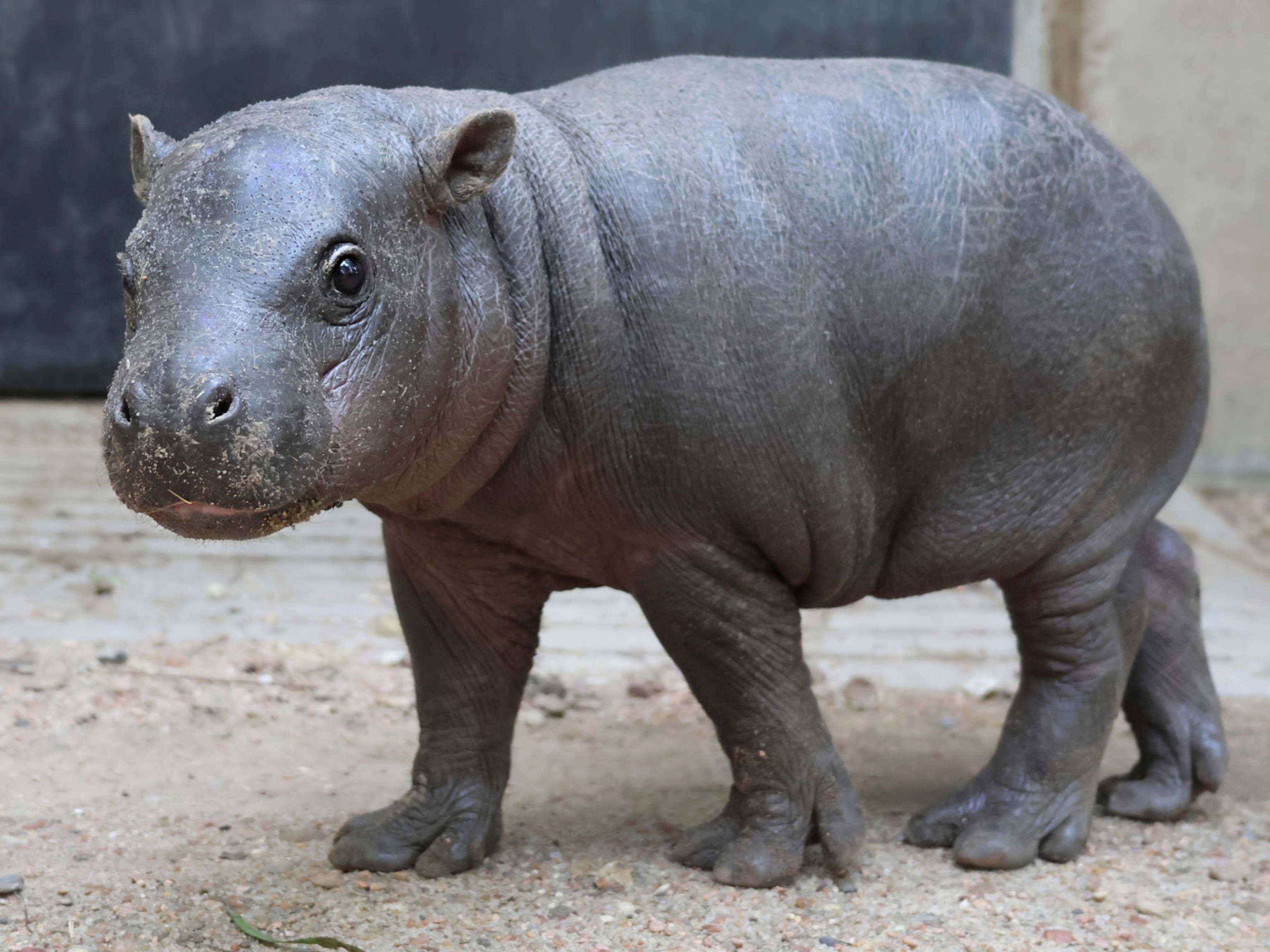
Meet Kryptodrakon: Oldest Known Pterodactyl Found in China
Kryptodrakon flew the Jurassic skies about 163 million years ago.
The oldest known pterodactyl has been unearthed in China, pushing back the evolution of the ancient flying reptiles by five million years, a new study says.
Dubbed Kryptodrakon progenitor, the beast had a wingspan of 4.5 feet (1.4 meters) as it flew the Jurassic skies about 163 million years ago. The new species gets its first name from the Latin krypto (hidden) and drakon (serpent), a nod to the movie Crouching Tiger, Hidden Dragon, which was filmed in the desert where the species was discovered. Progenitor refers to its status as the oldest known pterodactyl. (See "New Golden Age for Pterosaurs, Flying Reptiles of the Dinosaur Era.")
Scientists first discovered fragments of Kryptodrakon's delicate fossils in 2001 in northwestern China's remote Shishiugou Formation. That geologic formation has been called a "dinosaur death pit" because ancient quicksand entombed so many prehistoric creatures there.
At first, Kryptodrakon's bones were misidentified as belonging to a type of two-legged dinosaur called a theropod, said James Clark, who co-authored the study published April 24 in the journal Current Biology.
It wasn't until another scientist assembled the fossil parts into a skeleton several years later that "I looked at it and said, 'That's not a theropod, that's a pterosaur.' And the rest is history," said Clark, a biologist at George Washington University's Columbian College of Arts and Sciences in Washington, D.C.
Pterodactyls are a type of pterosaur, a wider group of flying reptiles that went extinct 66 million years ago. Because pterodactyl bones are so fragile, little is known about the origins of the ancient dinosaur relative, which eventually evolved into the biggest creature ever to take wing.
For its role in fleshing out the pterosaur family tree, the study "will be one of the most important papers on pterosaurs to come out this year," said Gareth Dyke, a vertebrate paleontologist at the University of Southampton in the U.K. who wasn't involved in the research.
Kryptodrakon, the Land Lover?
Another intriguing aspect of Kryptodrakon is that it was found—and likely lived—on an inland, forested floodplain. Previously, most pterodactyl fossils have been found near oceans. (See "Toothy Texas Pterosaur Discovered; Soared Over Dallas.")
Though only a few bones of Kryptodrakon were found, scientists "lucked into" the most important one: a wing bone, said Clark, who has received funding for his research from the National Geographic Society's Committee for Research and Exploration.
Analysis revealed that the wing bone was broader than those of later species of pterosaurs, which have been discovered in ocean sediments, Clark said. Broader wings gave the reptiles more control in navigating often challenging features on land.
Mark Witton, author of the 2013 book Pterosaurs, described Kryptodrakon as "an exciting and welcome new piece of the [pterodactyl evolution] puzzle, and it's certainly interesting that it occurs in terrestrially derived sediments."
"It's long been thought that a lot of pterosaur evolution occurred in inland settings, but actual evidence for this has been lacking until the last few years," Witton, who was not involved in the study, said in an email interview. "It's nice to not only see these predictions being met, but also pleasing that we're now actually able to observe how this important group of flying reptiles took shape."
Despite where the Kryptodrakon bones were discovered, University of Southampton's Dyke cautioned against jumping to conclusions about the creature being a landlubber. Flying animals can travel far distances, he noted, and fossils of forest birds previously have been unearthed in deep-ocean sediments.
"Especially in a group like pterosaurs where the fossil record is so incomplete," he said, the land-living conclusion is "arguable."
The fossilized remains don't tell much more about Kryptodrakon, such as what it might have eaten. However, from other fossils found nearby, scientists deduce that the pterodactyl lived with a diverse cast of characters, including giant, long-necked sauropods; small, burrowing mammals; theropods; turtles; lizards; and more.
Some computer models have predicted that pterodactyls evolved even earlier than Kryptodrakon did. (See "Pterosaur 'Runway' Found; Shows Birdlike Landing Style.") Given all the focus on pterosaurs, Witton said, Kryptodrakon might not hold on to its record: "It wouldn't be at all surprising if other, older pterodactyloids turn up eventually."





